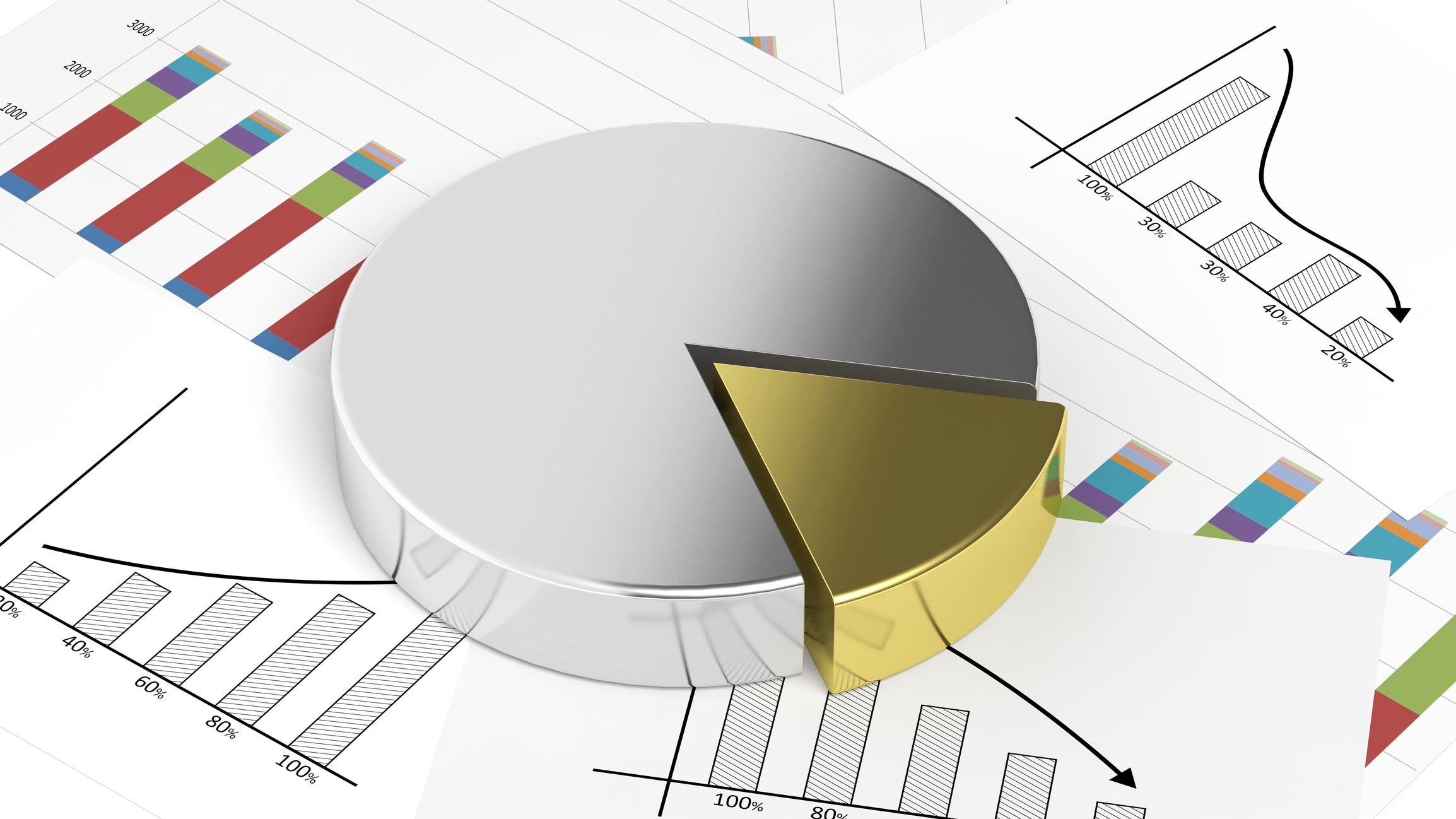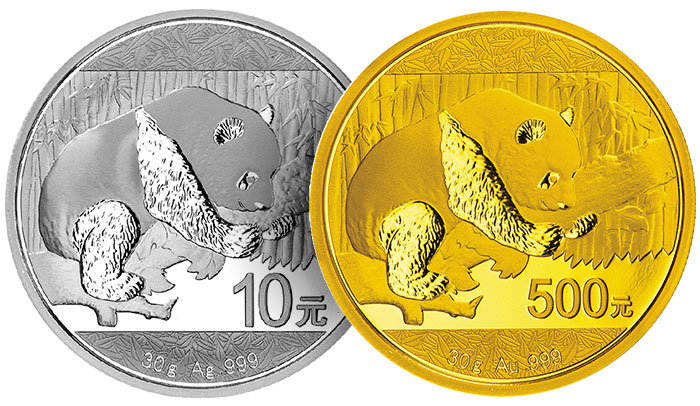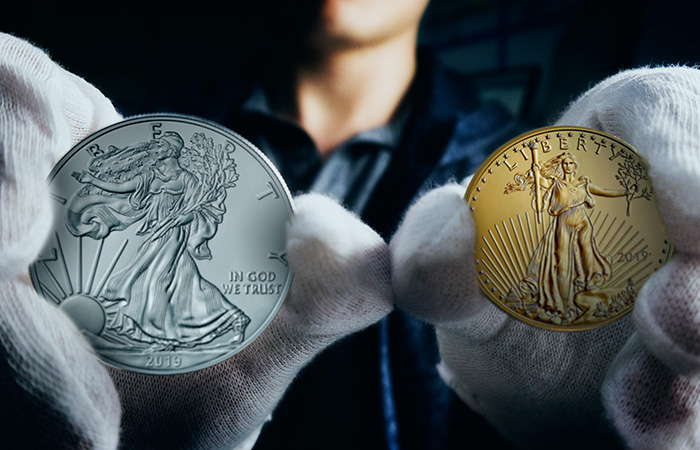Gold-Silver Ratio (GSR) Explained: Definition, History, and Trading Strategies
The Gold-Silver ratio or GSR is one of the most popular measurements when managing precious metal investments. The GSR can be used when you are trying to make decisions on trades related to precious metals. More specifically you can decide when to buy and sell gold and silver by comparing their prices relative to one another.

The gold to silver ratio is a key market indicator
The Gold-Silver ratio is a helpful tool to understand broader market and economic conditions. Depending on the direction of the ratio, you can gauge whether the economy may be approaching a recession or if inflation is getting out of hand.
Using the GSR as a market indicator can help investors and traders plan for their short-term trades or unexpected market reversals as well as for their long-term strategies such as rebalancing and investment portfolio management.
The Gold-Silver ratio is easy to understand and implement, so if this ratio is new to you, here is your guide on what it is and how to use it.
What is the Gold-Silver Ratio?
The GSR is the current price of an ounce of gold divided by an ounce of silver. In other words, the ratio measures how many ounces of silver you need to buy one ounce of gold.
This ratio is used by long-term investors and day traders to determine which precious metal will perform better than the other. You can use this ratio when trying to determine the amount of gold or silver you plan to allocate in your investment portfolio or whether there will be a change in market sentiment.
The prices of gold and silver tend to move together, so the gold-silver ratio is a helpful way to show the relationship between the prices of these precious metals. Investors use the ratio to either buy or sell gold or silver depending on the market’s conditions.
Investors tend to buy gold because it’s a safe haven asset, whereas silver’s demand changes based on industrial uses. When demand for gold is higher, the Gold-Silver ratio increases and when industrial production rises, the demand for silver rises, which results in the GSR falling.
The Gold-Silver ratio tends to rise during times of economic uncertainty, like a recession, a shift in monetary policy, war between countries and changes in the industrial industry.

Note that the ratio of the face values on these Chinese Panda coins in silver and gold is 50:1.
How to Calculate the Gold-Silver Ratio
To calculate the Gold-Silver ratio, take the current price of an ounce of gold and divide it by the current price of one ounce of silver. The spot price of gold is the numerator and the spot price of silver is the denominator.
For example, if the current price of gold is $1,500 and the current price of silver is $15, the GSR would be 100, meaning the price of gold is 100 times more expensive than the price of silver.
The ratio changes as the spot prices of gold and silver change. Since they are both precious metals, gold and silver are influenced by similar scenarios. Gold is particularly influenced by the gradual rise of prices in goods and services, known as inflation, and silver is mainly influenced by mining and production, since it's an industrial metal.
Gold-Silver Ratio Trading Strategies
Commodity traders use the Gold-Silver ratio to gauge market sentiment. Market participants can trade the GSR and hedge their bets by taking a long or short position on either gold or silver. Traders must understand when the Gold-Silver ratio has reached extreme levels compared to historical performance to indicate whether there are gold or silver buying opportunities.
When the G/S ratio is rising this could be an indication to traders that market fears are on the rise and market participants are turning to gold for protection.
A falling GSR simply means that the price of gold is getting less expensive relative to the price of silver. It may also indicate that market fears are dissipating, with investors moving away from gold and into other assets.
Using the G/S strategy as a gauge for the market sentiment can help long-term precious metal investors determine their position(s) on gold, silver and other precious metals.
Since a rising G/S ratio means the gold price outperforms silver and that more silver is required to purchase an ounce of gold, a high Gold-Silver ratio means that silver is cheaper than gold, so it may be a good time to buy silver since the price is lower.
On the flip side, a G/S ratio that points lower may mean gold is becoming more affordable. This could point to a gold buying opportunity. Generally speaking, when the GSR is high, silver appears to be a good buying opportunity and when the GSR is low, gold is a good buying opportunity.
As the market gradually moves through its cycles, the Gold-Silver ratio follows along with it having historical highs, where the ratio is seen as reaching a peak as well as historical lows. Or bottoms. When the GSR reaches a historical high, traders may see this as an indication to move into a silver position. As the ratio approaches its historical lows, this may be a time for the trader to move from trading silver to gold.

Gold bars and silver bars
History of the Gold-Silver Ratio
As far back as Ancient Lydia, the first kingdom to make gold and silver coins, the GSR was roughly 10:1. That ratio has fluctuated throughout human history, but it has mainly moved in favor of gold over time. During the time of the American colonies, the Gold-Silver ratio was generally between 15:1 and 16:1. This standard also held true in Europe throughout much of the 17th and 18th centuries. As monetary systems underwent change in the latter part of the 19th century, the GSR became less stable.
The average Gold-Silver ratio during the 20th century was 47:1 and over the past two decades, the GSR averaged roughly 60:1. The current ratio is about 79, a historical high. The ratio’s historical extremes are a high of 80 and low of 40. Gold has always been more expensive than silver and these averages indicate that silver is a historically undervalued asset compared to gold.
If the ratio approaches either one of these extreme levels, there could be a shift in market sentiment that traders want to capitalize on. For example, when the Gold-Silver ratio falls between 50 to 40, this is a signal to buy gold and sell silver. Traders may see the Gold-Silver ratio that reaches a historical extreme as a chance to trade in anticipation of a market reversal in the direction of gold or silver.
This is easier said than done because traders will need to have experience in determining when the ratio has reached its peak or bottom. For added context, traders may also want to reference the price movements of both gold and silver in conjunction with the Gold-Silver ratio to understand which has a stronger trend when making trades.
During the height of COVID-19 in March 2020, the GSR was at a high of more than 120. This was because people feared the virus, the stock market tanked and there was a lot of uncertainty in the markets. As a result, investors flocked to the safe haven asset, gold. In 2020, gold reached an all-time high, passing $2,000.

Gold Eagle and Silver Eagle coin comparison
Why Does the Gold-Silver Ratio Matter?
The gold-silver ratio measures the price of gold relative to the price of silver. The ratio is an indicator of how many ounces of silver is required to buy one ounce of gold. The GSR is used by investors to gauge the valuation of metals to make buy and sell decisions of both precious metals.
A rise in the GSR means that gold is getting more expensive relative to silver and when the GSR falls, the reverse holds true. When the Gold-Silver ratio is high, precious metal traders prefer to buy silver compared to gold and when the ratio is lower, gold is the preferred precious metal.
Whether you’re a long-term investor, a day trader, or looking to invest in gold or silver for the first time, the Gold-Silver ratio can be used to understand the precious metals market and how to treat them in your investment portfolio or short-term trading strategy.
written by Paulina Likos
Read more information about precious metals from the experts at Gainesville Coins:
Investing in Gold For Beginners
Gold vs. Cash: Comparing the Pros and Cons
How to Buy Gold Coins: Essential Advice to Get Started
Silver Coins vs. Silver Bars: Which Is the Better Buy?
